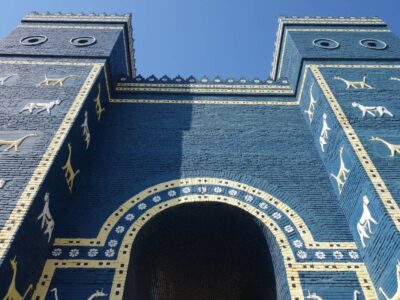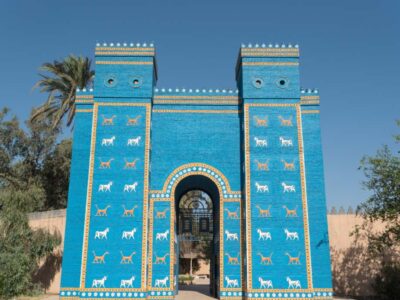Table of Contents
The ancient city of Ur, located in present-day Iraq, is a must-see destination for history and archaeology enthusiasts. You can travel to Ur, a city founded in 2112 BC, and a place that was one of the most influential cities of the ancient world, serving as an important religious and cultural center in Sumerian civilization. The official name of this UNESCO site in Iraq is Ur Archaeological City.
When you visit Ur, you can explore the impressive ruins of the Ziggurat of Ur, a massive stepped pyramid thought to have been a temple dedicated to the moon god Nanna. The city also features the Royal Cemetery, where the tombs of the Sumerian kings were discovered, and the Great Ziggurat of Ur, which was once one of the largest structures in the ancient world. Our Iraq tours departing from Baghdad offer the opportunity to immerse yourself in the rich history and culture of the fascinating ancient city of Ur.
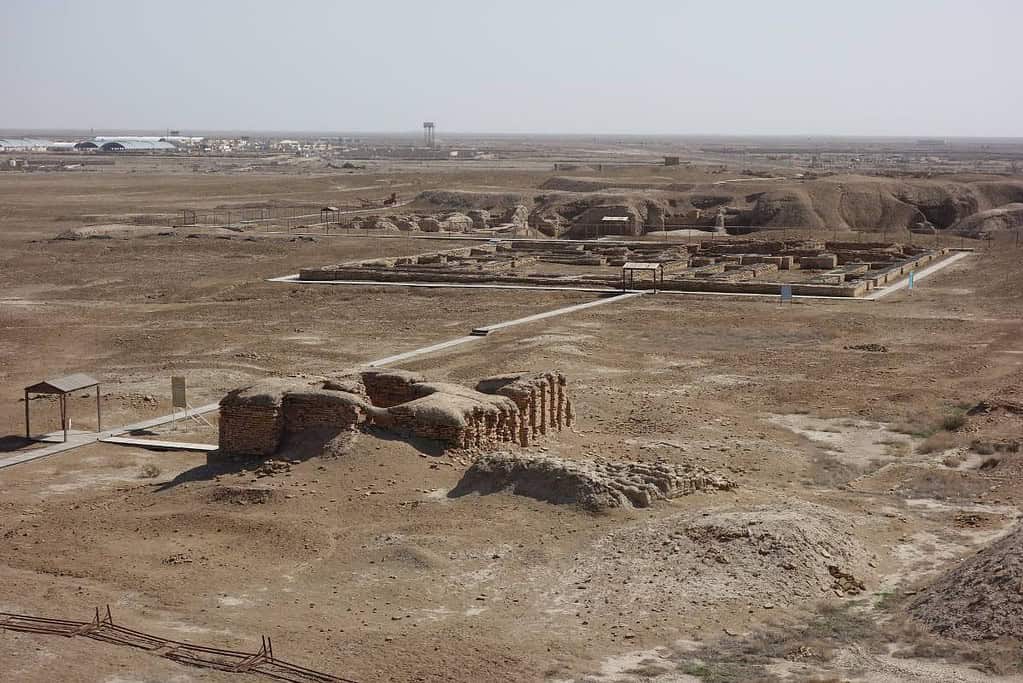
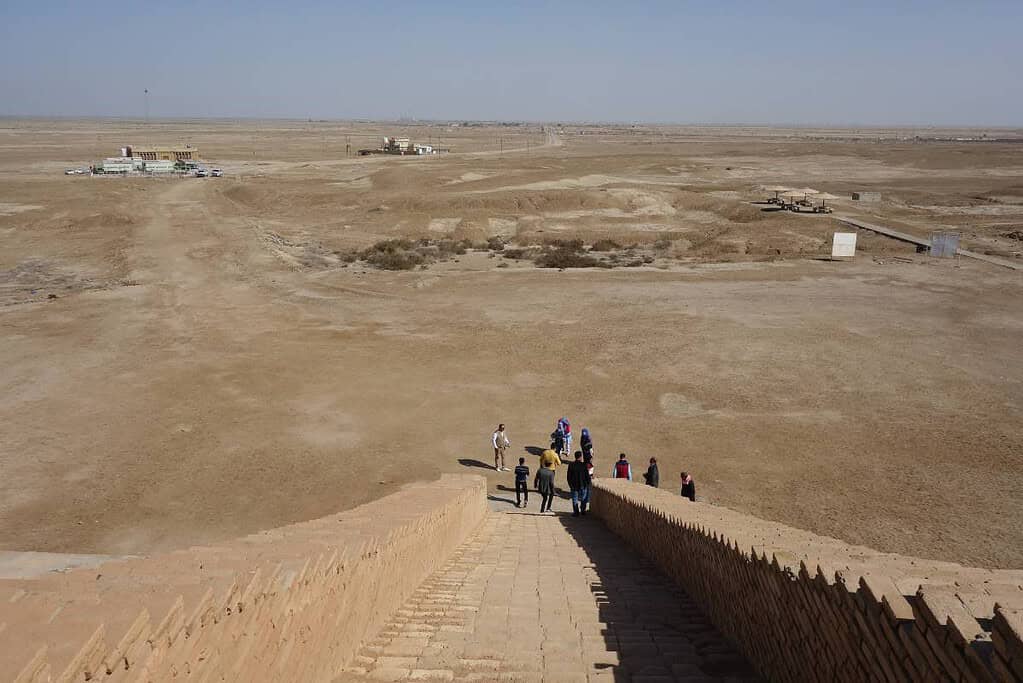
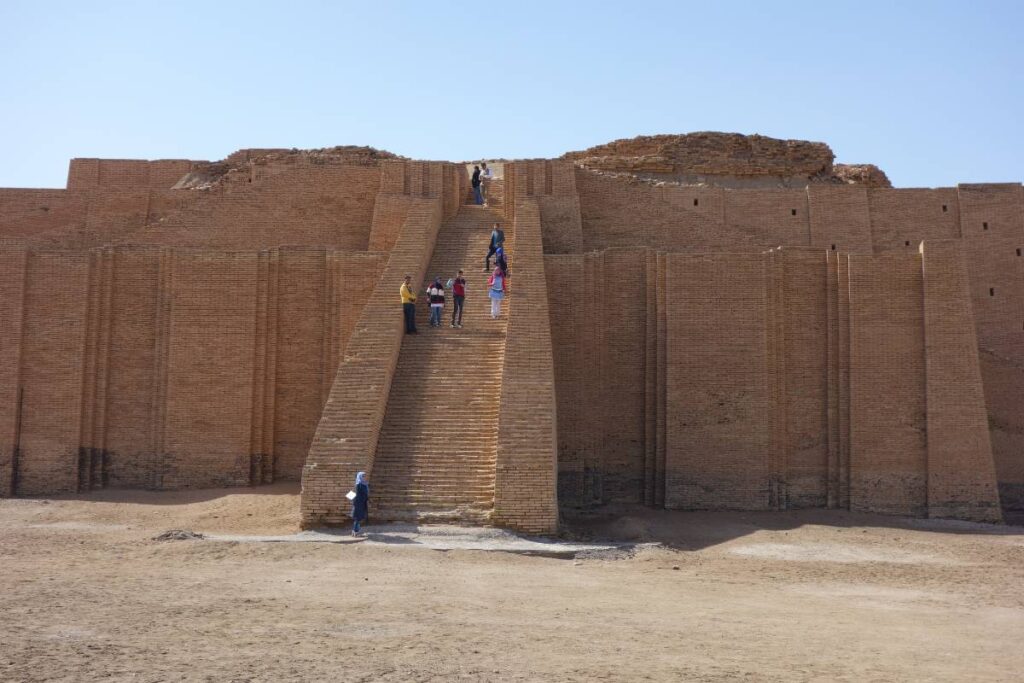
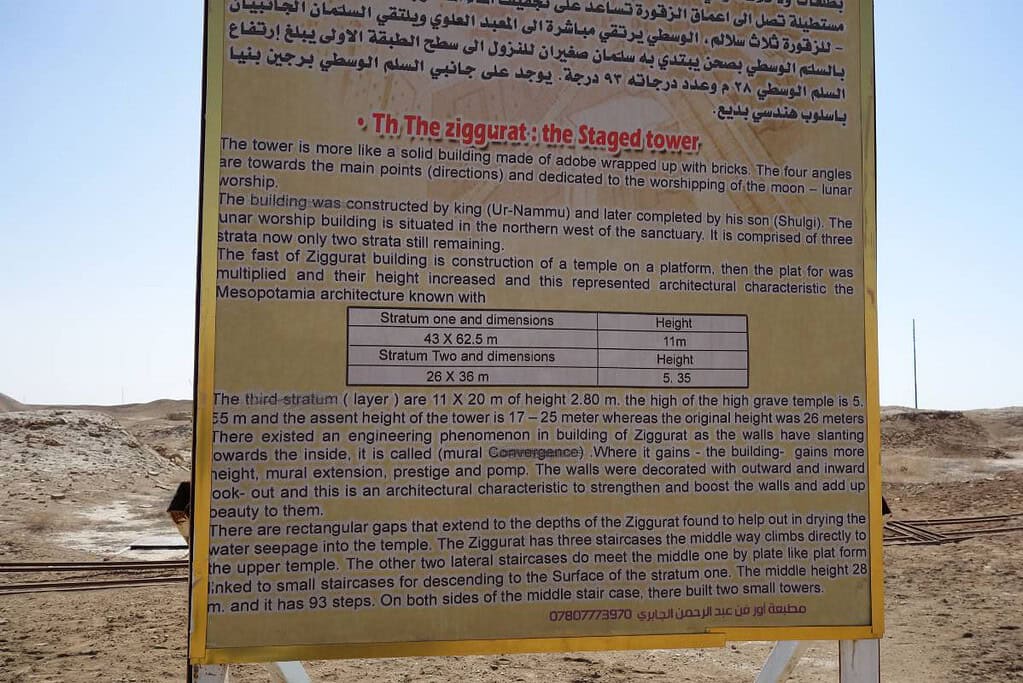
Ur Iraq
” Ur was an important city in ancient Sumerian civilization and a center for worship of the moon god Nanna (21st century BCE). “
Curiosities about Ur:
- The ancient city of Ur is located in present-day Iraq and was founded and built in 2112 BC.
- Ur was an important religious and cultural center in Sumerian civilization.
- The Ziggurat of Ur, a massive stepped pyramid, is thought to have been a temple dedicated to the moon god Nanna.
- The Royal Cemetery, where the tombs of the Sumerian kings were discovered, is a prominent feature of the city’s ruins.
- The Great Ziggurat was once one of the largest structures in the ancient world.
- Ur was known for its impressive architecture, including the use of mud bricks and the development of the arch.
- Ur Iraq was also known for its advanced irrigation systems and agricultural innovations.
- In the 20th century, the ruins of Ur were rediscovered by the British archaeologist Leonard Woolley.
- Today, the ancient city of Ur is a popular tourist destination.
- You can make an Iraq visa on arrival and travel to Ur.
Visit Ur Archaeological City
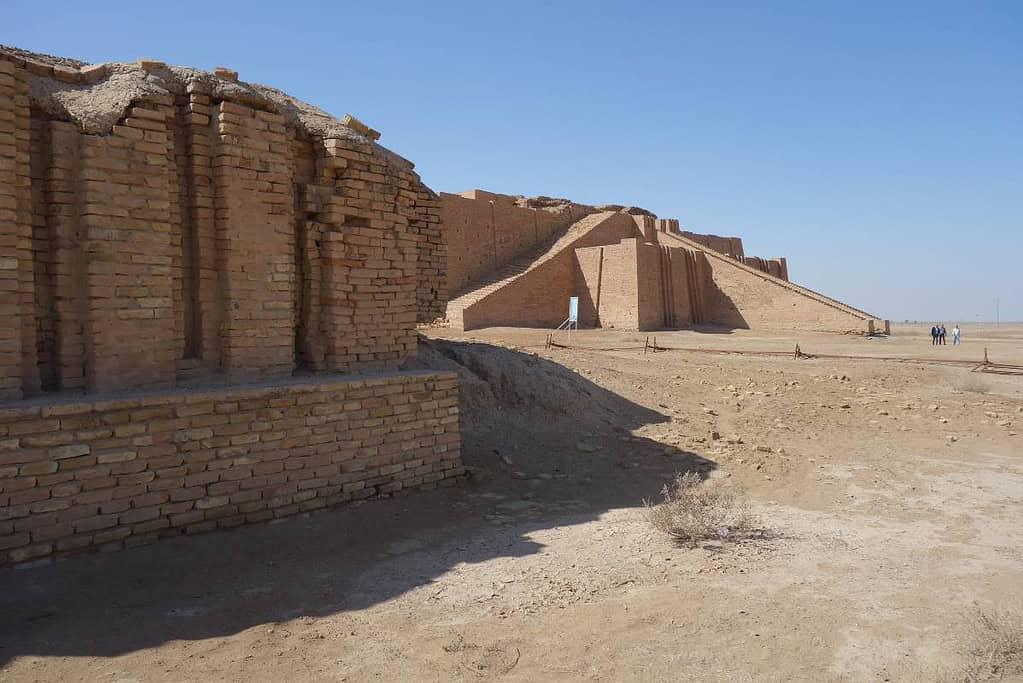
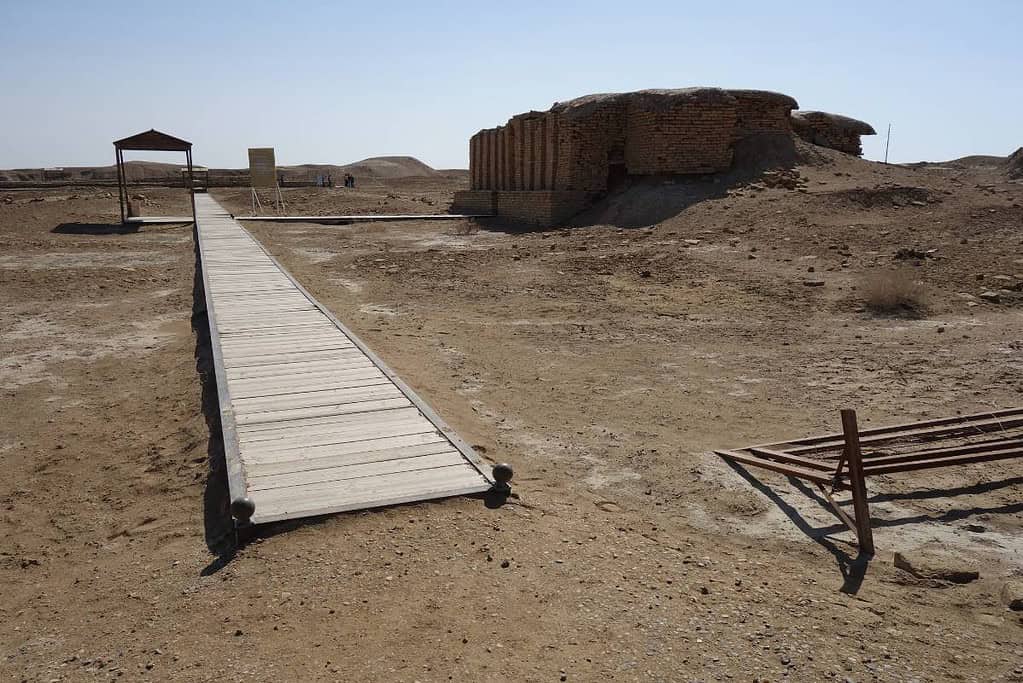
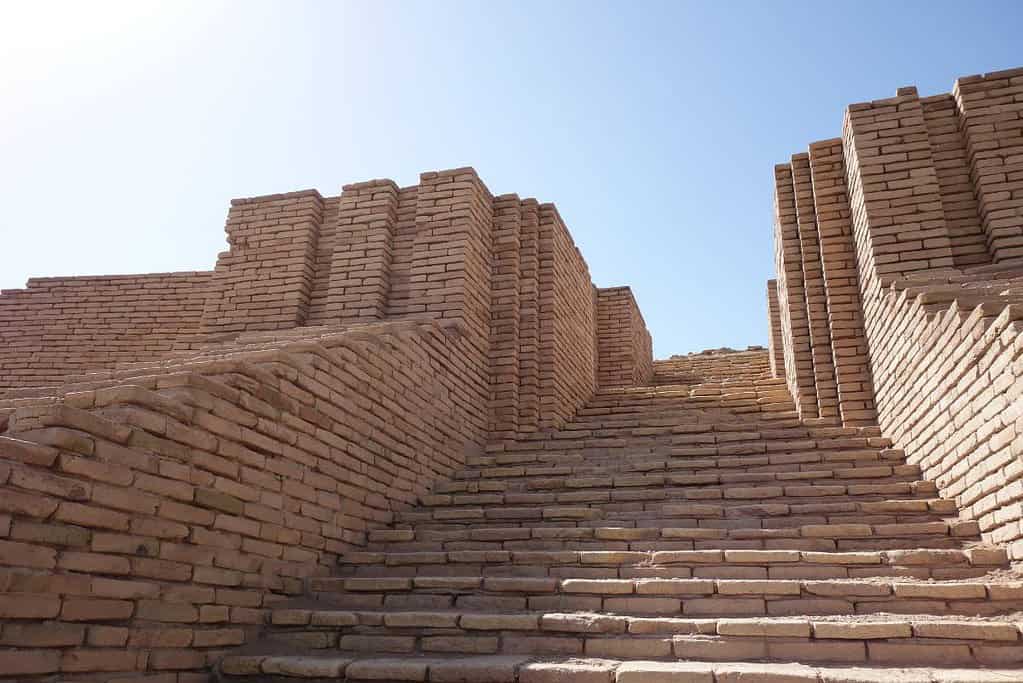
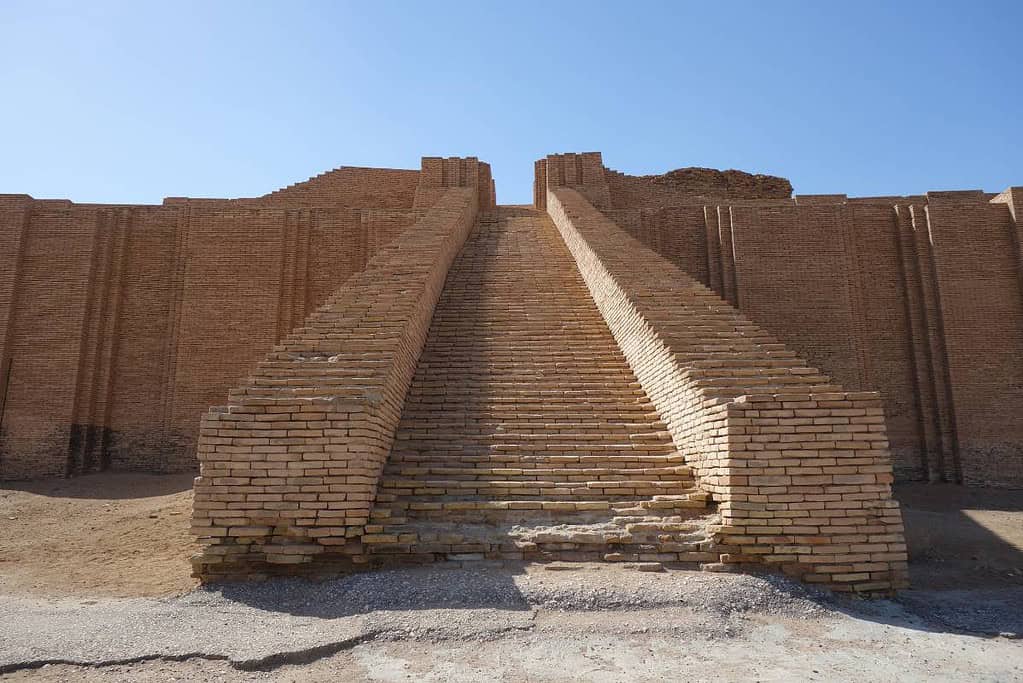
The Ziggurat of Ur was a massive stepped pyramid that served as a temple dedicated to the moon god Nanna. It was one of the largest structures in the ancient world, and it was an important religious and cultural center in Sumerian civilization.
The Royal Cemetery in Ur was the site where the tombs of the Sumerian kings were discovered. It was a magnificent graveyard, where the kings were buried with their treasures and possessions, including gold and silver jewelry, musical instruments, and weapons.
The Great Ziggurat in Ur was once one of the largest structures in the ancient world. It was a massive structure made of mud bricks, and it was an important religious and cultural center in Sumerian civilization. The Great Ziggurat was a grand and impressive structure, that made people feel like they were part of something special.
The Temple of Nanna in Ur was dedicated to the moon god Nanna, who was one of the most important gods in Sumerian civilization. The temple was a significant religious and cultural center, and people would come to the temple to make offerings and prayers to the god. The Temple of Nanna was a magnificent structure, decorated with gold and jewels, that represented the power and wealth of the city.
Map of Ur
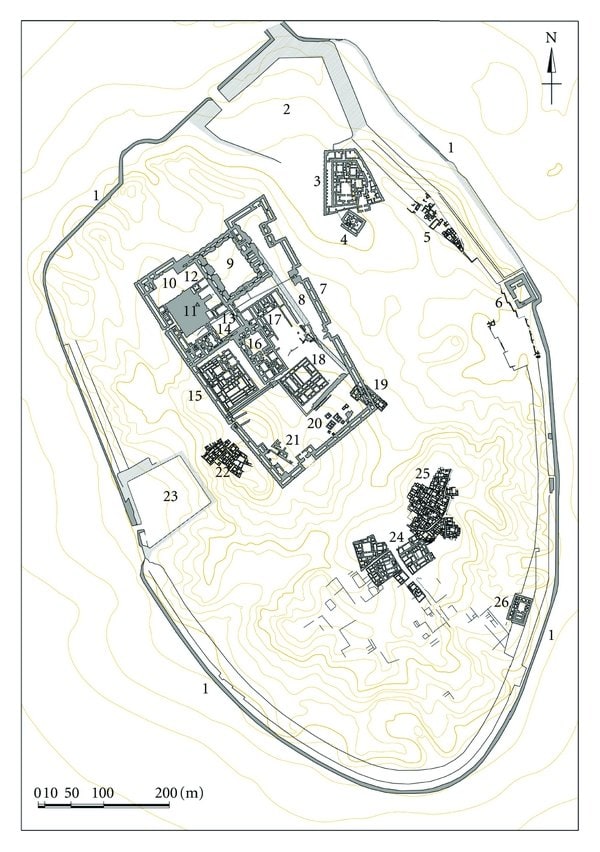
- Grand city walls: encircled the city and protected it from invaders.
- North Harbour: busy center of trade and commerce.
- Palace of Ennigaldi-Nanna: luxurious residence of a wealthy citizen.
- Harbour Temple: place of worship for the city’s seafaring community.
- Houses on the city walls: built for the city’s citizens.
- Kassite Fort: defensive structure built by the Kassite dynasty.
- Enclosure of the Sacred Area: housed important religious structures during the neo-Babylonian period.
- Sacred Area Enclosure: hub of religious and cultural activity during the 3rd Dynasty.
- Nanna Court: large courtyard dedicated to the worship of the god Nanna.
- Etemenniguru: mysterious structure of unknown purpose.
- Towering Ziggurat: stepped pyramid that served as a temple and astronomical observatory.
- Nanna Temple: temple dedicated to the moon god Nanna.
- Boat Shrine: small temple dedicated to the god of the seas.
- Ningal Temple: temple dedicated to the goddess of fertility.
- Giparku: open-air sanctuary.
- Edublamakh: temple dedicated to the god of wisdom.
- Ganunmakh: temple dedicated to the god of the underworld.
- Ekhursag: temple dedicated to the goddess of healing.
- Mausolea of the 3rd Dynasty: housed the tombs of the city’s rulers.
- Royal Graves: contained the remains of Ur’s rulers and their families.
- Nimintabba Temple: temple dedicated to the god of the harvest.
- Houses in the EM District: home to the city’s residents.
- West Harbour: busy center of trade and commerce.
- Houses in the AH District: built for the city’s citizens.
- Neo-Babylonian Houses: reflect the city’s diverse cultural heritage.
- Enki Temple: temple dedicated to the god of wisdom and freshwater.
Travel to Ur
Photos of Great Ziggurat of Ur
Images of Ur Archaeological City and the Great Ziggurat of Ur in Iraq.

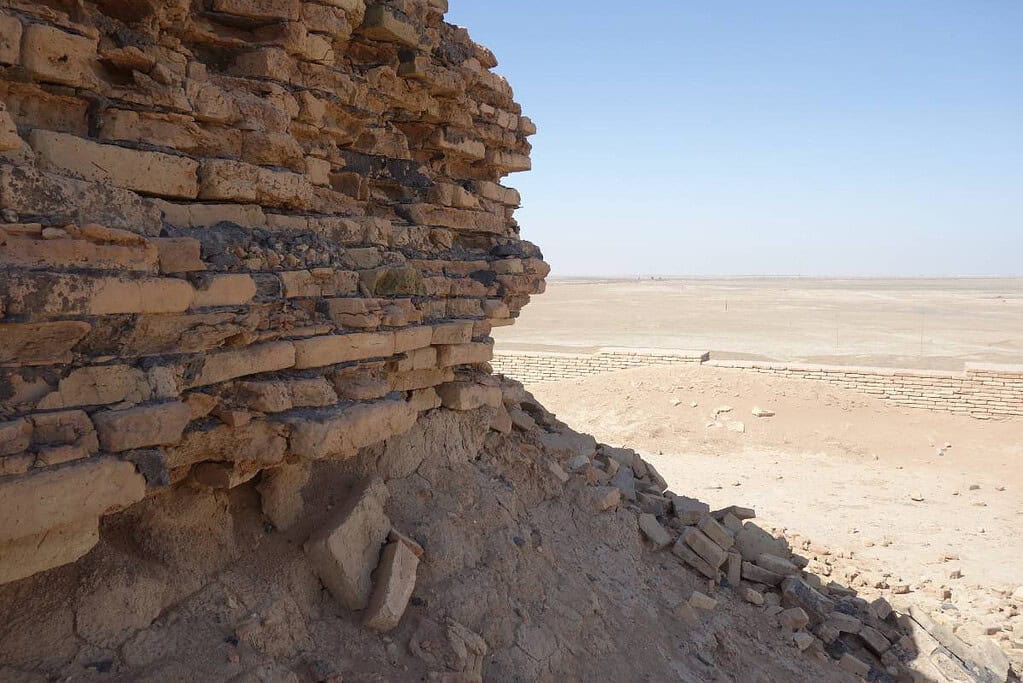
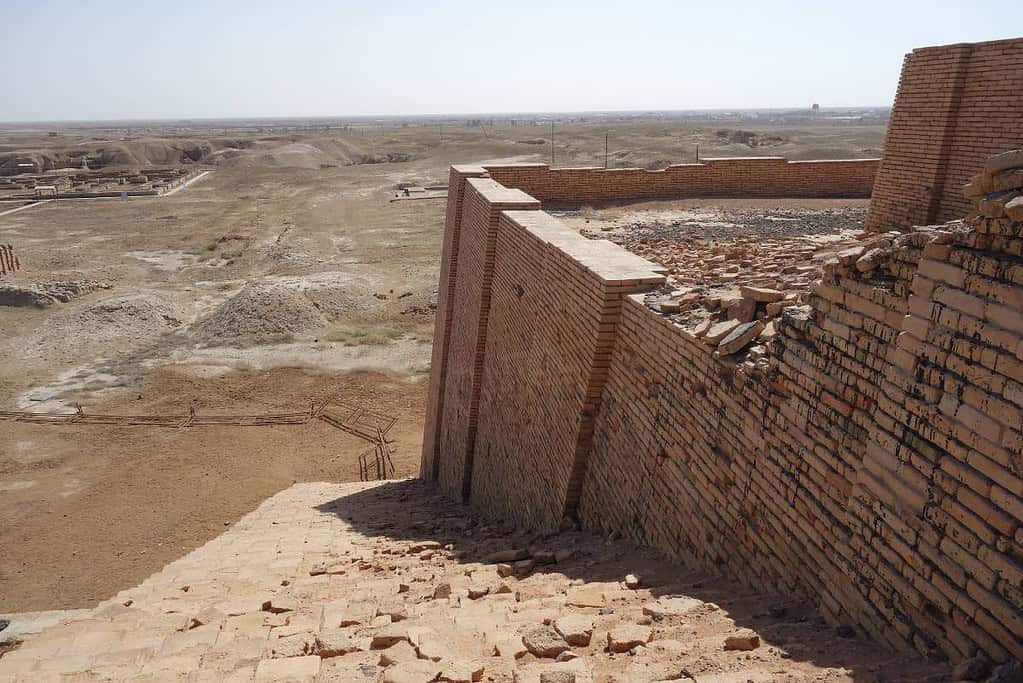
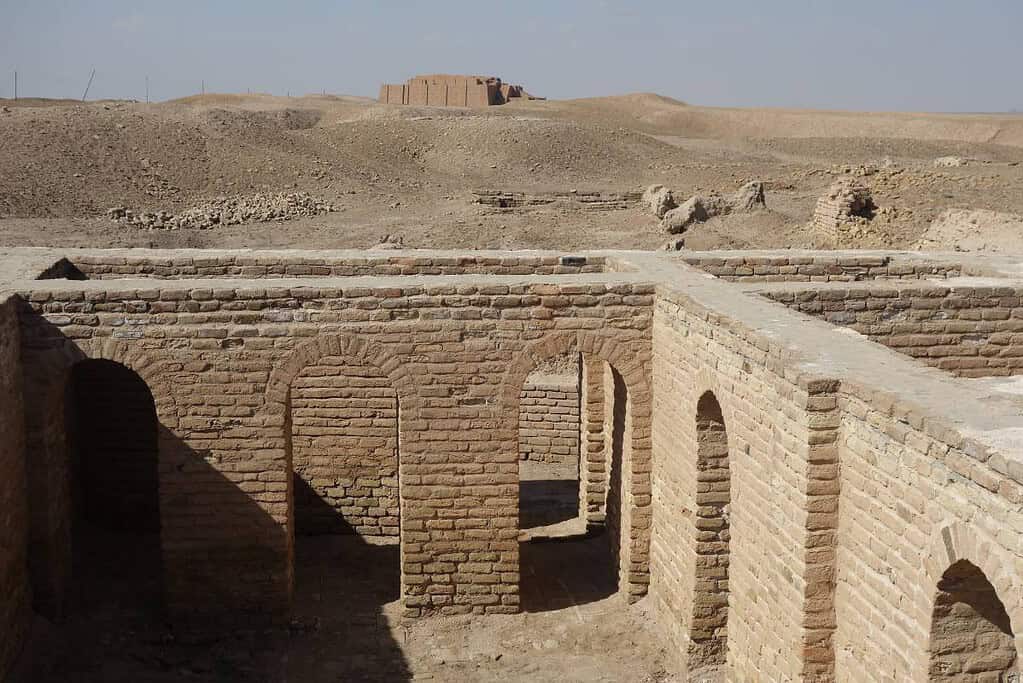

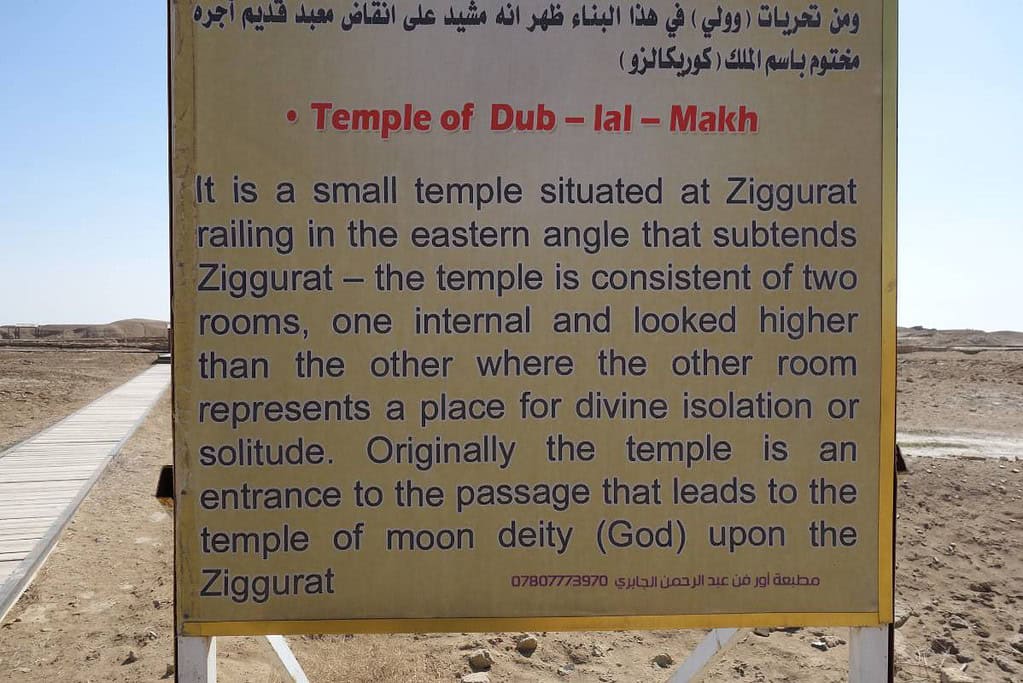
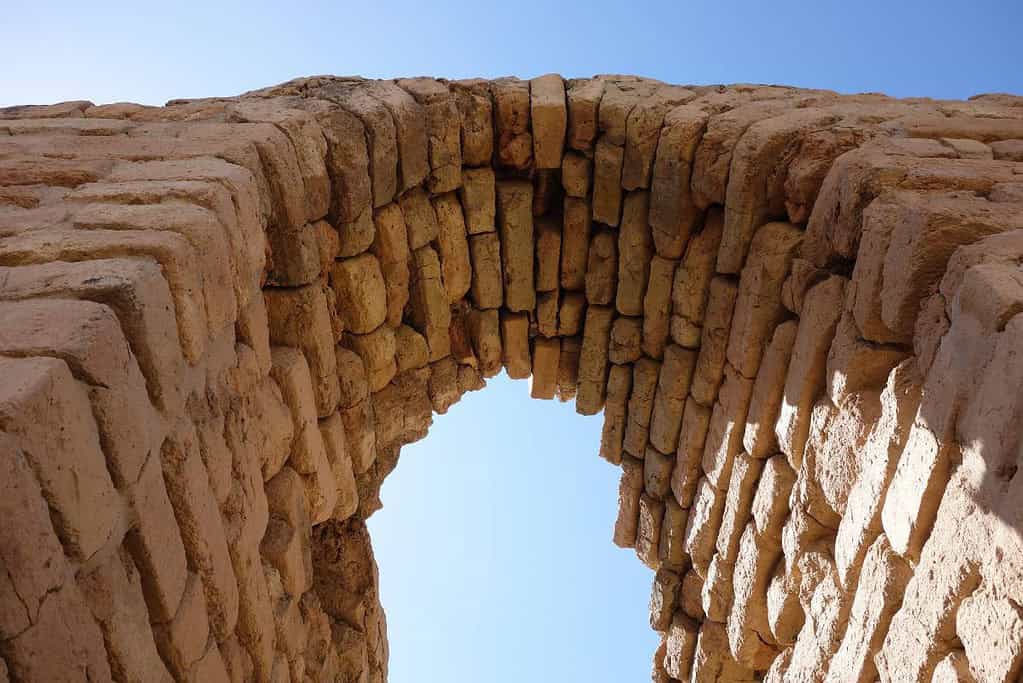
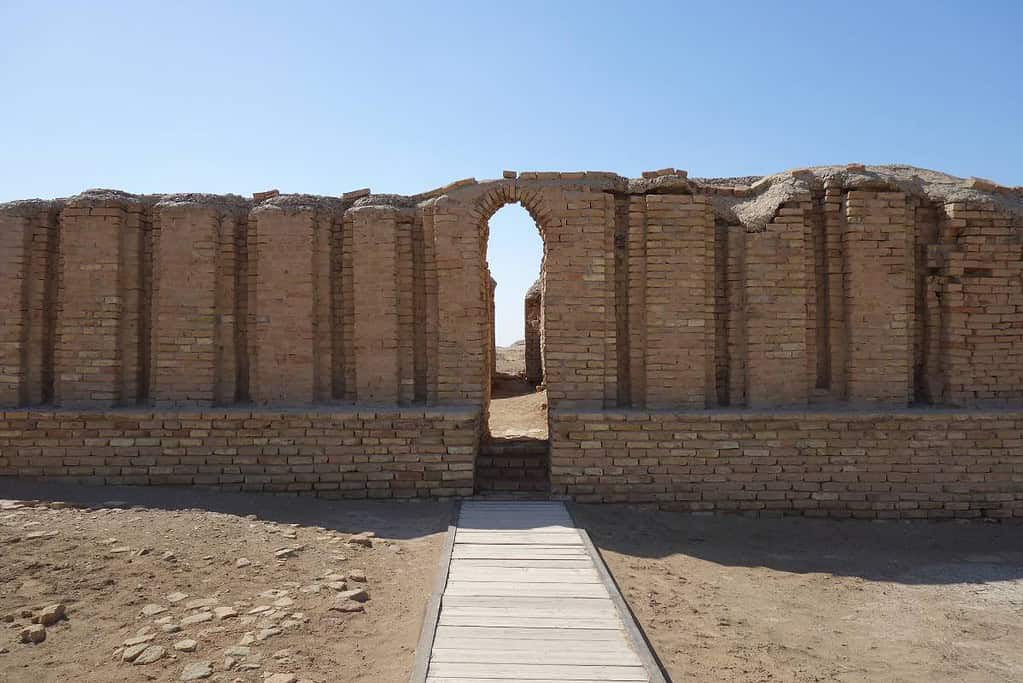
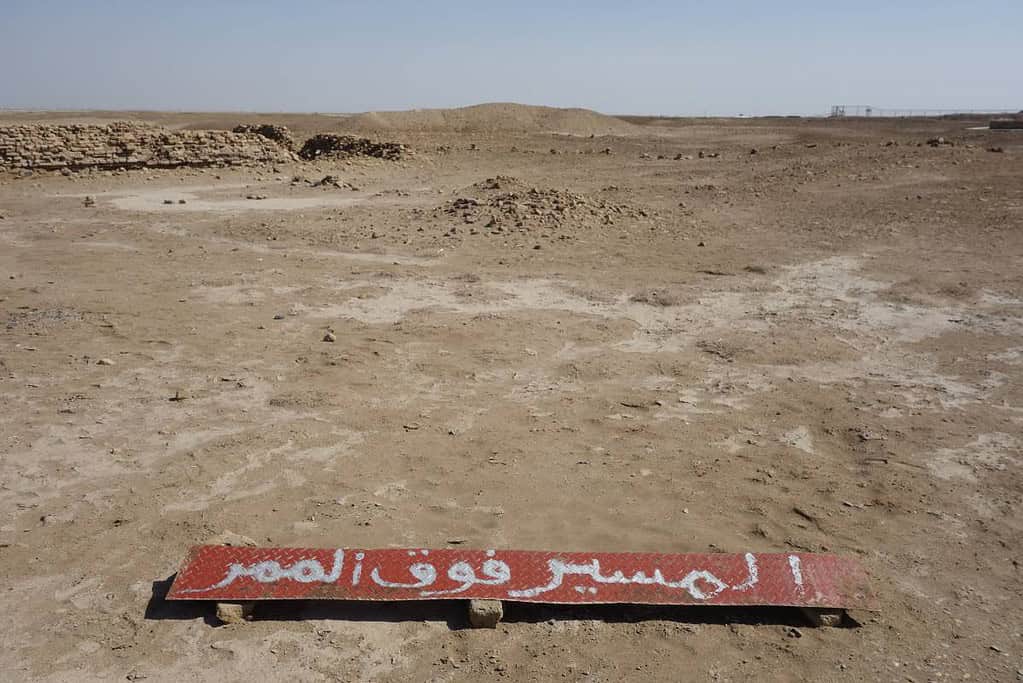
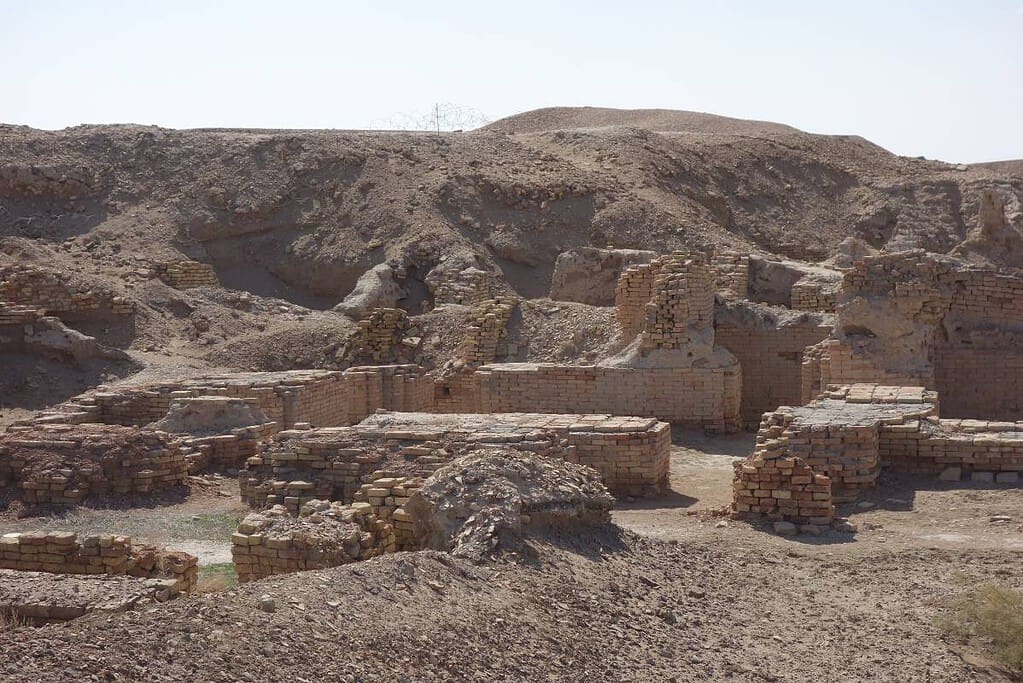
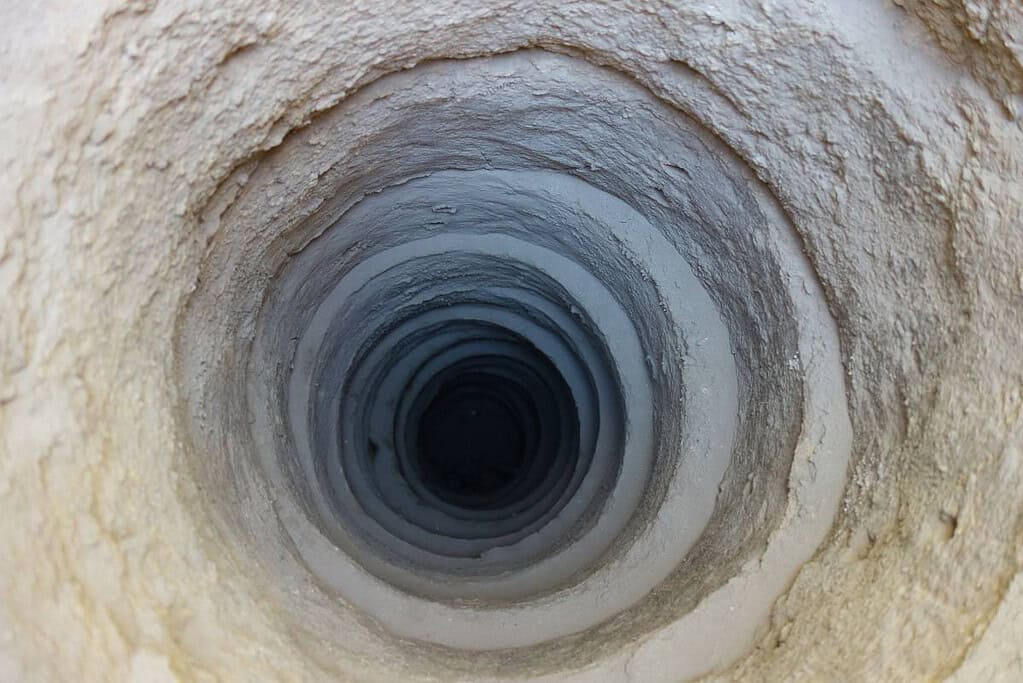
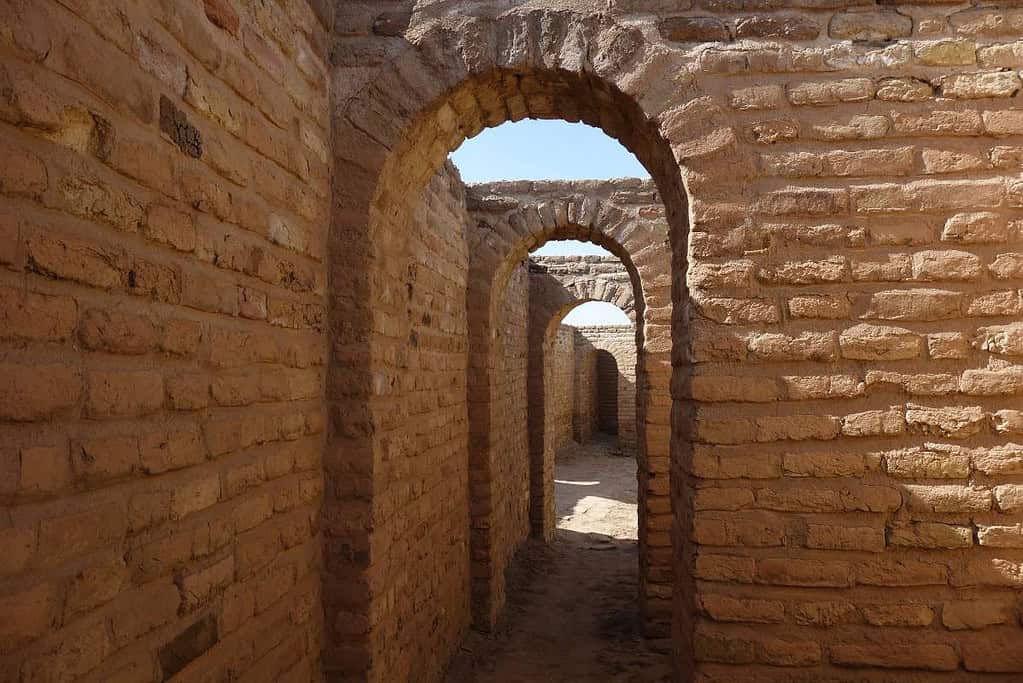
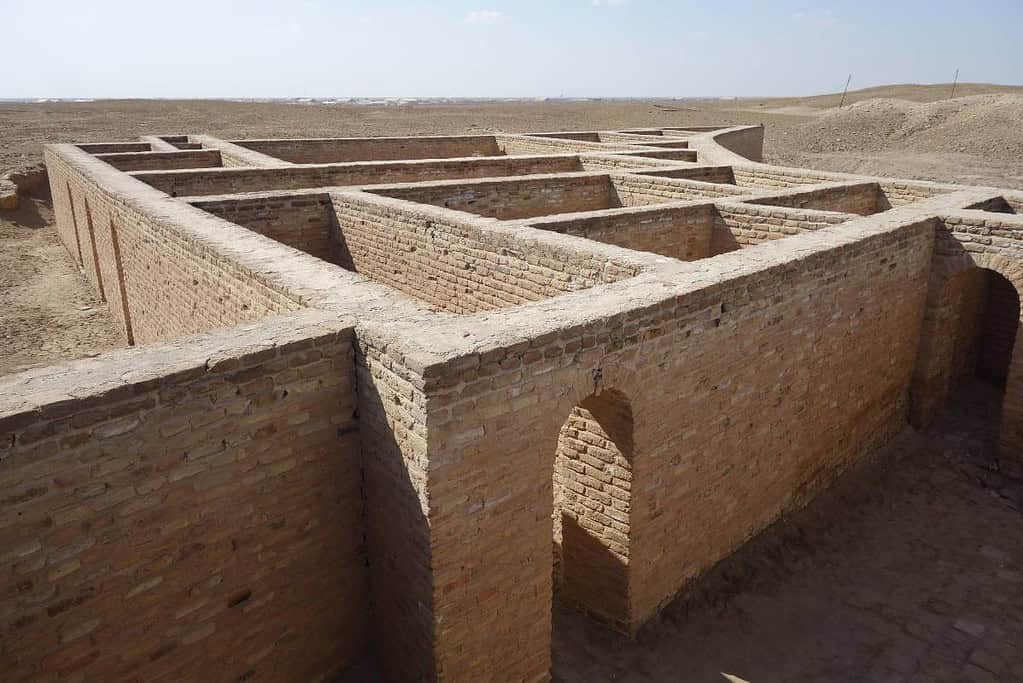
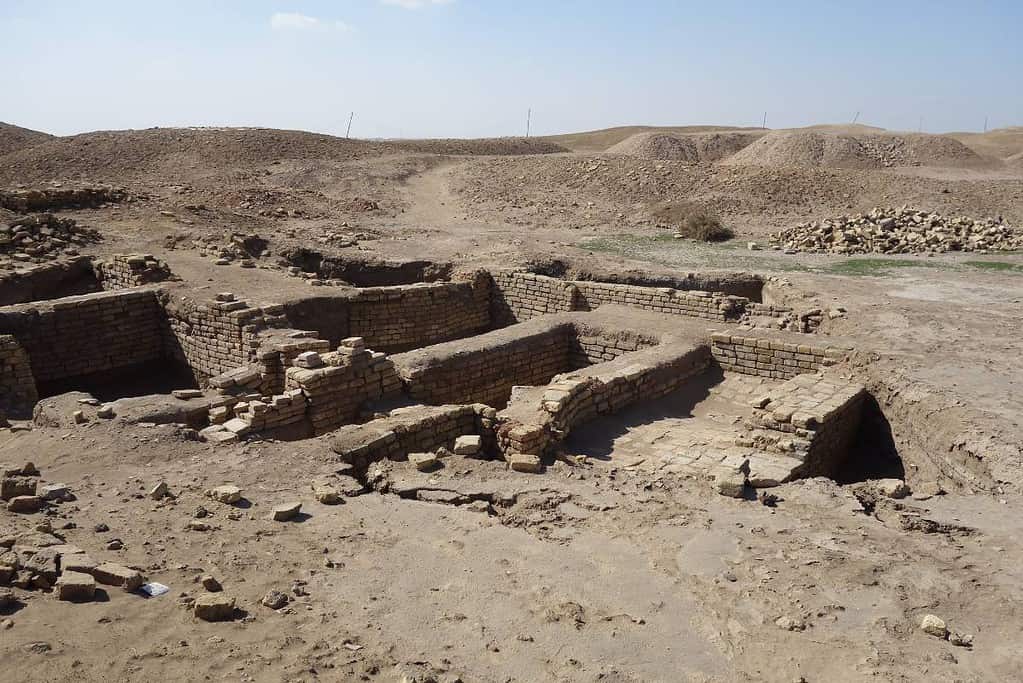
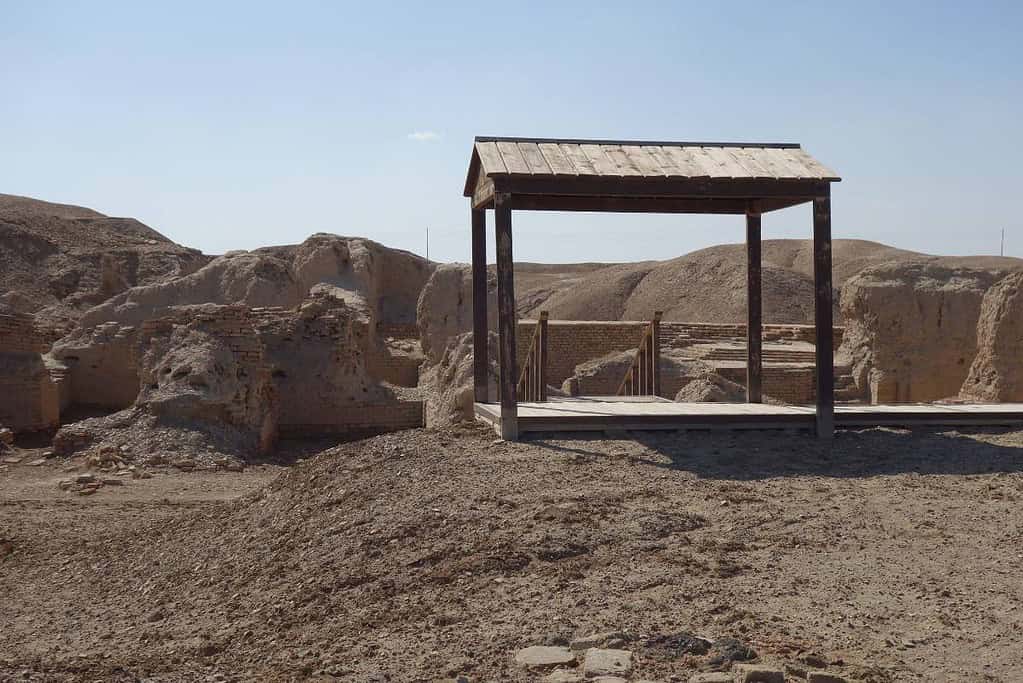
Explore Iraq
Navigate and explore Iraq on other pages of our website that showcase various interesting aspects of this incredible country.
[the-post-grid id=”50373″ title=”Iraq Main page”]

